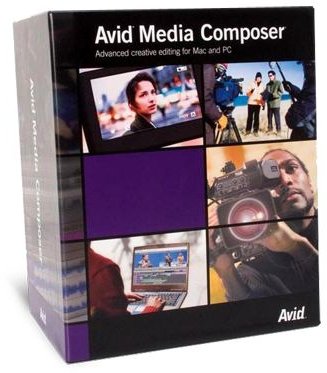Top HD Video Editing Software Programs: Final Cut Pro, Premiere, iMovie, Windows Movie Maker & More
HD Video Transition
HD video formats have been a difficult transition both for people trying to consume and those attempting to produce video content. The early expense of HD video equipment and the lack of HD video editing software made it difficult to really be practical with the format, leaving home producers to watch as professionals got to jump into clarity while they were stuck with Standard Definition DV tapes. Today that has all changed and even something as simple as the iPhone 4 can produce HD video, even if the lenses and sensors are not going to produce what you want necessarily. What remains difficult is that most people do not have a conception of exactly what HD video really means and what equipment and post-production software is really going to be adequate for it. The reality is that HD video editing software is much easier to work with as the programs that are used in real video editing have sufficiently transitioned.
Now Editing in HD
Today, non-linear video editing software really comes in two distinct tiers: the simple home versions and the professional or near professional versions. iMovie and Windows Movie Maker make up the the novice non-linear video editing software on Mac and Windows, respectively. In the professional world we really just have three major programs or sets of software, Avid, Final Cut Pro, and Adobe Premiere. Beyond this we have things like Sony Vegas, Pinnacle Studios, and others, but for those that really want to spend the money on the top HD video editing software then they should be sticking with those that are known.

These different non-linear video editing sets went at a different pace into the HD formats, but today that have all essentially made it. All of these programs, from iMovie to Final Cut Pro, can support HD video formats through all of their different versions. This does not actually make a sufficient change to the structure of the software or the editing process, but instead it just opens up to the file types that are accepted. When importing or capturing footage you now have the ability to bring in fully HD files, which often happens by transferring and ingesting files from a digital storage format like a Panasonic P2 card. When setting up sequences in the Timeline this really just means choosing the specific HD format that you shot on from the available list, and this also really just adds a series of newly available HD formats. What this means essentially is that the top HD video editing software available is simply the professional non-linear video editing software that we have had before in their most current versions.
True HD
The problem for most people’s post-production workflow is not that they do not have sufficient HD video editing software, but that they do not have the facilities to transfer and play HD video. A relatively small percentage of homes have an HD television, an even smaller number have a Blu-ray player, and watching videos on a computer is still only the broadcast choice for technologically savvy youngsters. What this means is that it may be difficult to actually export your project from your HD video editing software correctly without downgrading it to Standard Definition. If you want to make sure that your HD video editing project produces a proper HD video file then you should make sure you know what viewing method you want to go for ahead of time and make sure that you maintain a workflow that can support HD video at every single level.
